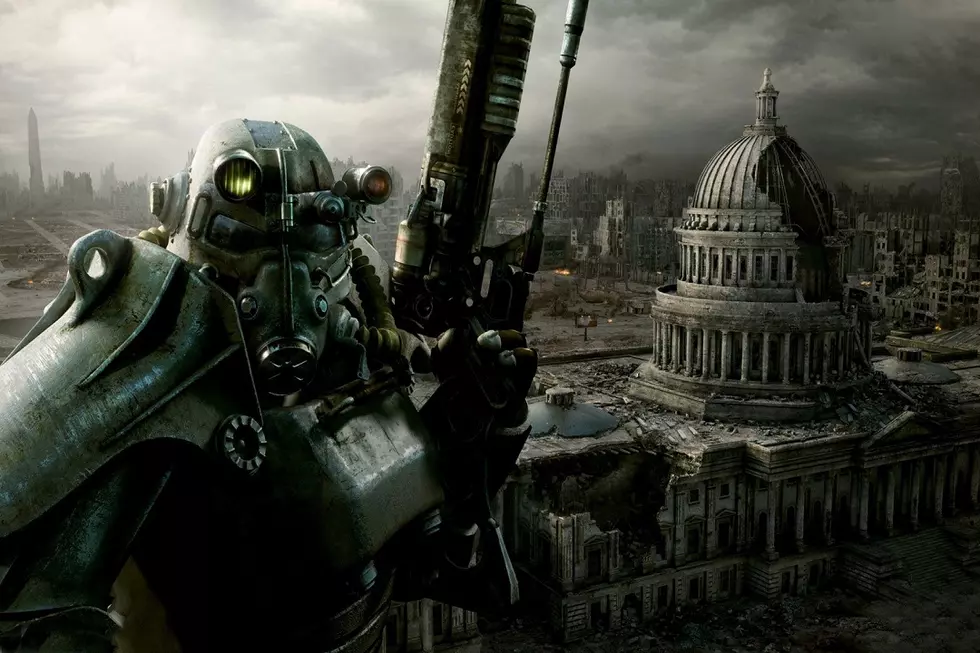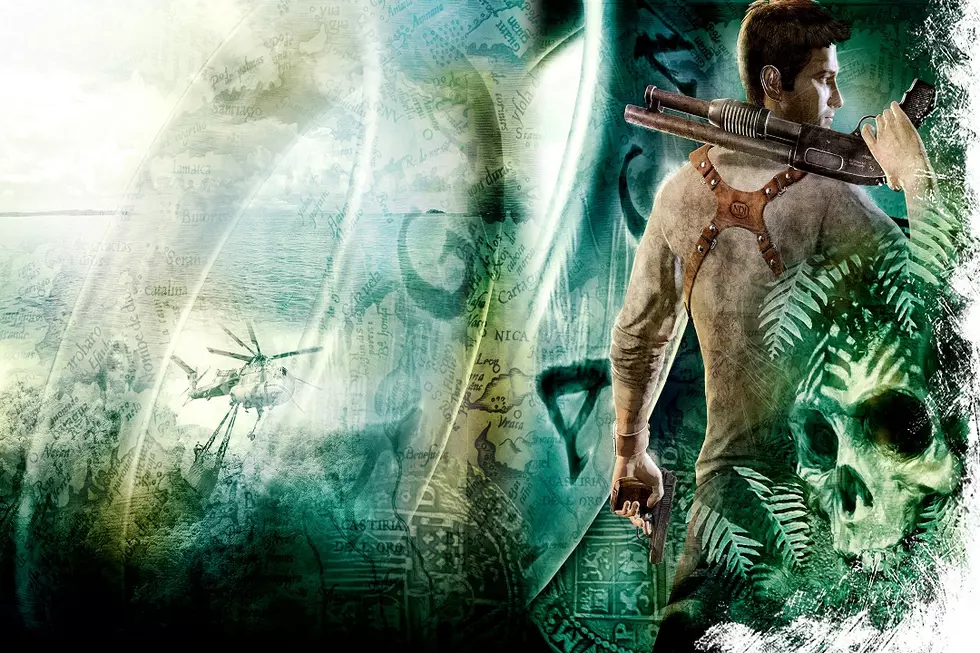
How Bethesda Created the Iconic Post-Apocalypse of Fallout 3
The transference of a license or intellectual property to a new development studio is always something to be nervous about. When you have an established product, the questions come easy. Will it be the same, different and, much more importantly, good? When Bethesda took over the Fallout series from Interplay Entertainment, these were definitely questions asked by fans of the formerly isometric RPG, but when Fallout 3 was delivered on this day in 2008, all doubt was silenced. It wasn’t just a welcome new take on the Fallout series. It would come to be considered one of the best video games of all time.
The tension to succeed was felt the moment Bethesda picked up the Fallout license. Not only were they about to start work on an IP with already established standards and expectations, but Fallout 3 was originally a game already in development by Fallout and Fallout 2 developers Black Isle Studios under the project name “Van Buren.” However, when Interplay went bankrupt and Bethesda bought the license, not only was the original Fallout 3 build canceled, but Bethesda decided to rebuild the game from the ground up without any of the Van Buren assets. Poor taste or not, the journey to pursue something more in the Bethesda style went underway in 2004.
The decision to forgo the Van Buren build was decided in favor of using the foundational Gamebryo engine used to develop The Elder Scrolls IV: Oblivion. In this way, instead of using an isometric bird’s-eye-RPG style that Fallout was previously known for, Bethesda opted to bring the perspective down to the player character’s level. In this way, a greater challenge was ahead of Bethesda. Not only did they have to create locale faithful to the Fallout canon, but also consider what the player would be seeing in the distance and in the sky. Nonetheless, using referential material from Fallout artwork and concepts, Bethesda built a world that players could see in every way.
Where much of the Fallout story had taken place west of the Rocky Mountains, Bethesda instead decided to formulate the story behind what happened in the United States capital. Players begin their lives in a vault near Washington D.C. in one of the many Vault dwellings that protected people from the nuclear war that destroyed everything. The player’s father is a genius scientist that leaves the vault one day and soon enough, the player follows after. What they find is a ravenous world of friends and foes familiar to previous Fallout lore. Bandits, Super Mutants, small scrapheap settlements of survivors, the Brotherhood of Steel and the mysterious post-government Enclave drag the player into an interconnecting web of stories and intrigue as they follow in the footsteps of the man who left them behind.
The gameplay of Fallout 3 was built to look sort of like a first-person shooter. You certainly find guns in the game, but nothing works quite like Call of Duty or Halo. Instead, it is far more of an RPG like Elder Scrolls. Players pick key stats like strength and charisma that help determine a number of skills like melee weapons and speech and each level-up give a number of points to be deposited in each skill. It was important to specialize early, gaining proficiency in numerous story aiding skills like lockpicking, but that also meant forgoing skills like science, used to hack computers. In that way, Fallout 3 taught players to be a master of a few things or risk being mediocre and unprepared in all skills.
In addition, the VATS system used for combat in previous games was adapted to fit a more action-based world. Players could fight in real-time, but to get the most out of their weapons, VATS allowed them to pause the action and target enemies and their body parts with their weapons, setting up fantastic attack animations that could often result in a bloody mess (especially if you had the Bloody Mess perk).
In the end, Fallout 3 was as much faithful to its origin as it was a radical departure. It brought a much needed sense of action and personal engagement to the Fallout RPG system, allowing players to deeply immerse themselves in their development and exploration of post-apocalyptic Washington D.C. The journey was filled with amazing characters and differing paths depending on our choices that would have us playing the game again and again and still never running out of things to do. Whether we were saving the Capital Wasteland or damning it, Fallout 3 was a journey retreading countless times and that’s what made Bethesda’s gambit a truly iconic title.
More From Arcade Sushi









